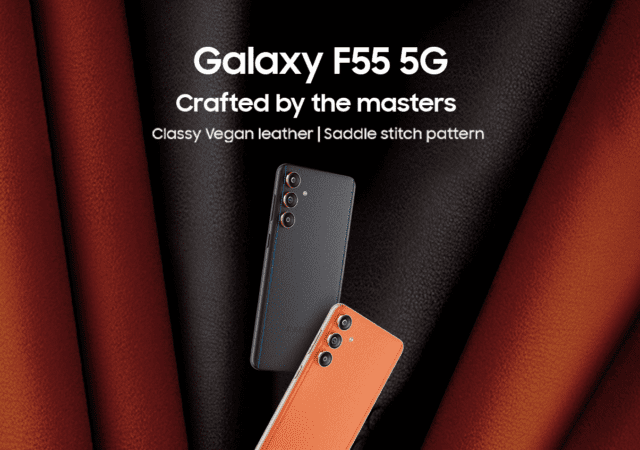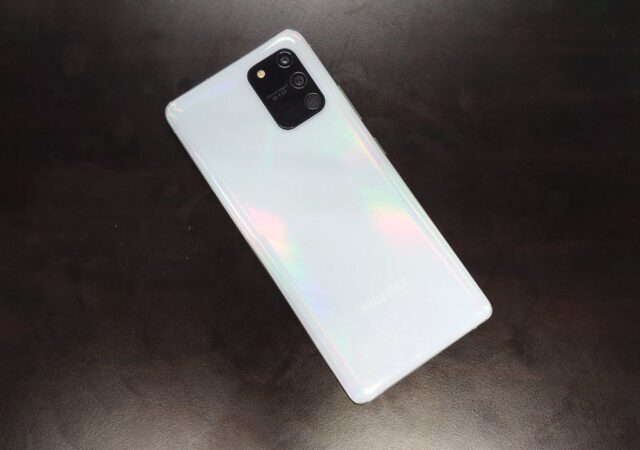Samsung announces the Galaxy F55 in India that pushes mid-range specifications and an eye turning vegan leather finish.
Samsung Ups the Ante on TVs with AI Tech at 2024 Southeast Asia Tech Seminar
Samsung shows off the latest smart TV innovations at the Southeast Asia Tech Seminar with new processors and a focus on AI.
Samsung Galaxy A Series Released with Knox Vault
Samsung announces the new Galaxy A series with the Galaxy A55 and Galaxy A35 that come with Knox Vault for better data security.
Safeguard your Smartphone and Become a Cybersecurity Wiz
With an increase of cyberattacks worldwide, it’s time to look at one of our most used and most vulnerable devices: our smartphones.
Samsung Galaxy S10 Lite In-Depth Review – Is it a Contender or Lite on Value?
Samsung Galaxy S10 Lite full review based on a two weeks experience on a faily usage. The good, the bad and the ugly of the S10 Lite.







